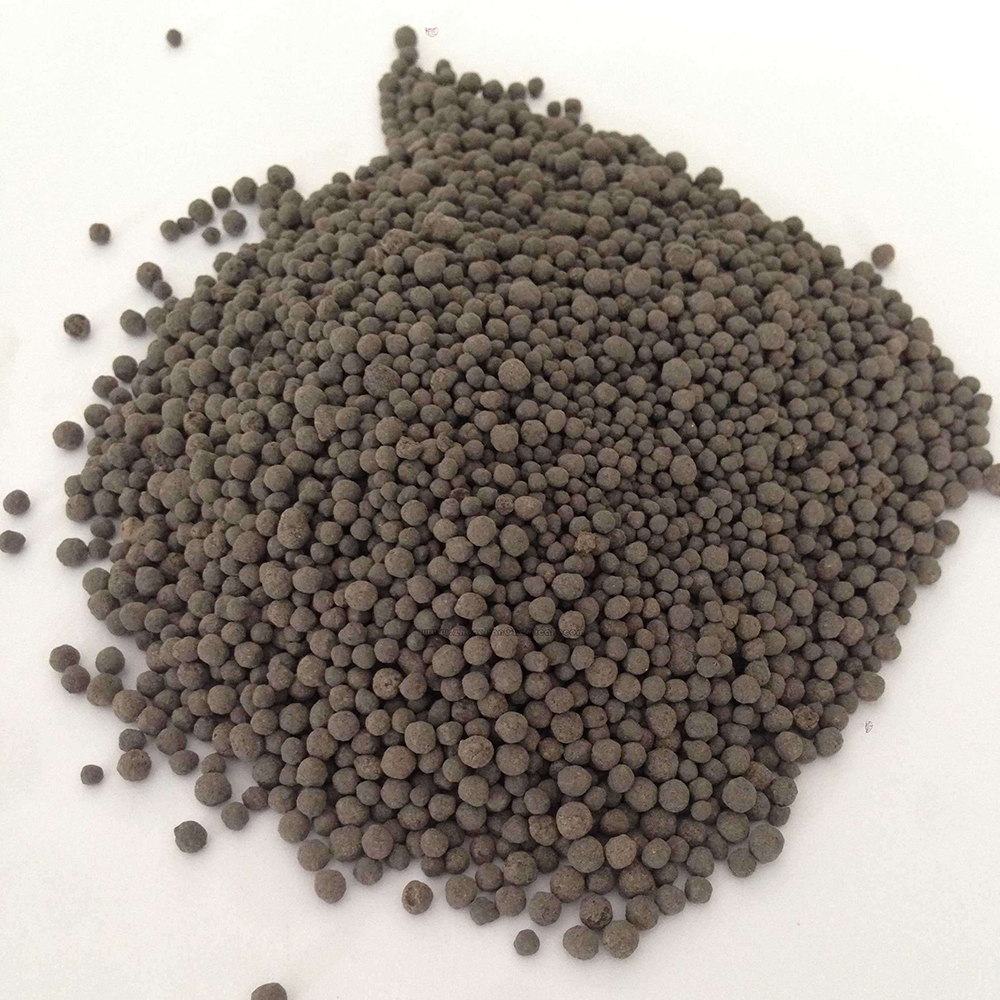



Chemicals Utilized in Water Treatment Processes and Their Effects on Water Quality
Water treatment is a critical process that ensures the safety and quality of our drinking water. Various chemicals are used in this process to eliminate contaminants, adjust pH levels, and prevent the growth of harmful microorganisms. Understanding the chemicals involved in water treatment can provide insights into how water is purified and made safe for consumption.
One of the primary chemicals used in water treatment is chlorine, a powerful disinfectant. Chlorine is added to water to kill bacteria, viruses, and other pathogens that can cause waterborne diseases. It is often applied in both gaseous and liquid forms. Though highly effective, chlorine can form harmful byproducts, such as trihalomethanes, when reacting with organic matter in water. Consequently, water treatment facilities must carefully monitor chlorine levels and employ additional processes, like carbon filtration, to reduce these byproducts.
Another essential chemical is coagulants, such as aluminum sulfate (alum) and ferric chloride. These substances help in the removal of suspended particles from water by causing them to clump together into larger aggregates, or flocs. The flocs can then be easily removed through sedimentation and filtration processes. Coagulation is a crucial step in enhancing water clarity and ensuring that subsequent disinfection methods are more effective.
In addition to coagulants, flocculants may also be used. Flocculants are polymers that promote the aggregation of particles to facilitate their removal. They work hand in hand with coagulants to improve the efficiency of the treatment process, particularly in turbid water sources that contain high levels of suspended solids.
chemicals used in water treatment

Another chemical frequently used in water treatment is lime. Lime is used to adjust the pH of water, which is essential for both the effectiveness of the disinfection processes and the health of the distribution systems. The addition of lime raises the pH level, which aids in precipitating hardness minerals, such as calcium and magnesium, that can contribute to scaling in pipes and water fixtures.
Furthermore, sodium hypochlorite, commonly referred to as bleach, is another disinfectant used often in water treatment systems. It serves a similar purpose to chlorine but is preferable in certain situations, especially in regions where the taste or smell of chlorine is a concern.
Phosphates are also employed in water treatment to inhibit corrosion in pipes. By forming a protective scale within the piping, phosphates help to minimize lead and copper leaching into drinking water, thus safeguarding public health.
In conclusion, the role of chemicals in water treatment is paramount to ensuring clean and safe drinking water. From disinfectants like chlorine and sodium hypochlorite to coagulants and phosphate inhibitors, each chemical fulfills a specific purpose in the purification process. Understanding these chemicals and their functions not only enhances our knowledge of water treatment but also underscores the importance of ongoing research and monitoring to protect water resources for future generations.
-
Why Sodium Persulfate Is Everywhere NowNewsJul.07,2025
-
Why Polyacrylamide Is in High DemandNewsJul.07,2025
-
Understanding Paint Chemicals and Their ApplicationsNewsJul.07,2025
-
Smart Use Of Mining ChemicalsNewsJul.07,2025
-
Practical Uses of Potassium MonopersulfateNewsJul.07,2025
-
Agrochemicals In Real FarmingNewsJul.07,2025
-
Sodium Chlorite Hot UsesNewsJul.01,2025










